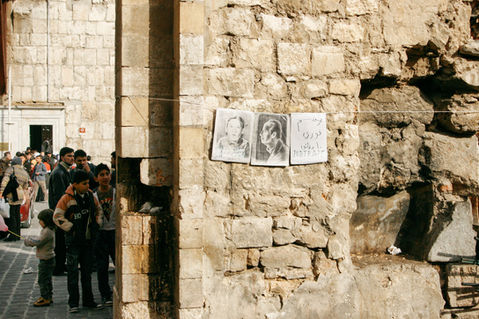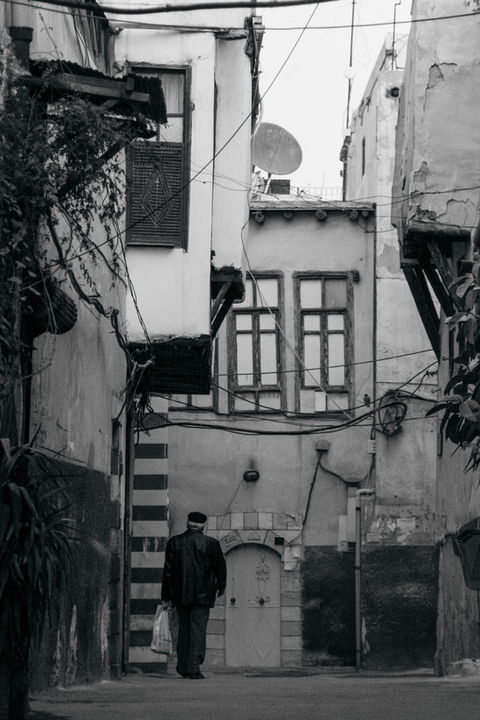Human & Travel Stories
Pre-war Scenes of Syria // Feb.2010
In February 2010, I decided to take a trip from Hatay, southernmost province of Turkey bordered by Syria, by a taxi. At that time, this was the easiest and cheapest way - find a taxi in the station of Hatay, agreeing on the price with the driver, then ready to pass the border. After passing the border and being checked on in a detailed way - the soldiers even checked my clothes inside my luggage-, I entered the city of Aleppo. Maybe just because I drank too much coffee in the car when my driver offered, or maybe for another reason, I still remember how my heart was beating as soon as we arrived in the city. The first scene I saw is still very clear in my mind now - an old, fusty and alone gas station with a sign of Topkapi (a Turkish name) and a couple of kids playing near the station. The following images captivated me as well not only just because of the reason of being so 'authentic' or 'different', since I'm a Turkish citizen who has been living with Middle Eastern perceptions as well as the European, but they truly seemed real, non-artificial and far away from globalization. In Turkey, except the Eastern side, society and the general view of the big cities seem much more complex; like a mixture of the West and East.
In the streets of Aleppo, I tried to communicate to Syrians, however I only knew a few words in Arabic. They always smiled at me back and asked about the details of some dramatic Turkish TV series that were popular in the Middle Eastern countries at that moment. Unfortunately, I had no answer for their curiosity since I didn't watch them, which was the biggest regret of mine, otherwise I could have had longer conversations with the locals.
What made me surprised was the big difference between the Muslim community's 'mahalle's (neighborhoods) and Christianity’s'. In the neighborhoods of Christians, fancy cars parked neatly, streets were totally shining, and most of the squares had a big statue of a Saint in the middle of it. However, in Muslim areas, cars were crooked, parked irregularly, streets were a bit more chaotic and felt like more complicated in a sense of direction.
In Damascus, I felt that I arrived in a bigger, more cosmopolitan city than Aleppo, as I was staring at the big hotels with huge courtyards, modern buildings, big squares and disco bars with neon lights turned on at night. Here, I felt like I definitely left the melancholia behind me at Aleppo. Damascus shines as it serves its facilities with no boundaries.
When I returned to Istanbul and saw sad events that led to the outbreak of Syrian War, I hadn't been wanting to look at the pictures I took for a while. I wasn't even sure if everything stayed the same after this war or not. After a couple of months, the scenes of damaging the Castle of Aleppo in the news broke my heart. I couldn't recognize the streets leading me to the old city center that were shown in the news. Then, last year I opened my Syria folder to check my captures. I saw a little girl who looked at me with suspicion in a fluffy sweater following after her brother between the walls of the old city of Aleppo. A question pooped in my mind: Is she still alive? With no answer, I took out my souvenirs that I bought in the city shops and places. I came across a spoon with a name - M.H Bakdash 1895 Damascus scraped on it. This was the name of a historic pudding shop where I ate delicious desserts inside a grand bazaar in Aleppo. When I saw that this place is still open after checking on Google, I suddenly felt a bit relieved with the fact that something is still alive alongside my memories that belong to this lonely country.
























